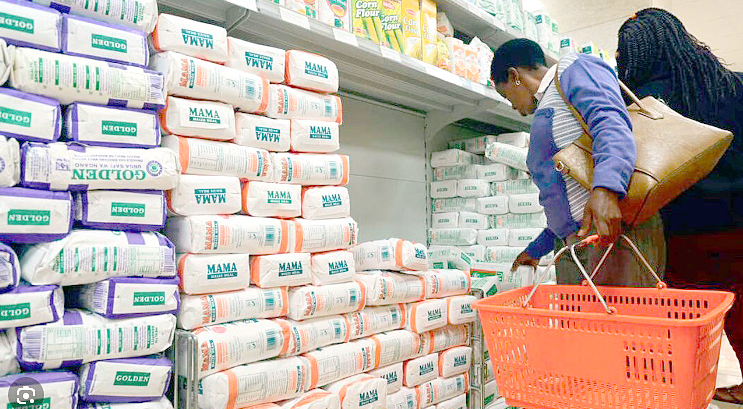Kenya’s private sector activity declines in May

Kenya’s private sector stumbled in May, marking the end of a seven-month streak of growth as rising operating costs and weak consumer demand pulled business activity into negative territory.
The Stanbic Bank Kenya Purchasing Managers’ Index (PMI) fell to 49.6 from 51.8 in April, its first dip below the 50-point threshold since September 2024. This signals a contraction in operating conditions compared to the previous month, highlighting the fragile state of economic recovery in a post-pandemic landscape still grappling with inflation and market uncertainty.
The decline in the PMI reflects a drop in both output and new orders. Businesses are feeling the strain of elevated costs and cautious consumer spending, which together have slowed down activity across a number of key sectors.
Economist Christopher Legilisho of Standard Bank noted that the latest reading captures a loss of momentum, with purchasing activity tapering off due to a lack of new projects.
“There was a moderate contraction in output and a decline in new orders after seven months of expansion. Purchasing activity was also down, reflecting a lack of new projects,” Christopher said.
The underlying issue seems to be weakening domestic demand. The survey showed a decrease in new orders for the first time in eight months, as consumers cut back in response to high prices and a shaky economic outlook. While inflation remains within the Central Bank’s target range, cumulative cost pressures have begun to wear on both households and companies, with new tax burdens adding to the squeeze.
These cost pressures, according to the report, are especially acute in the manufacturing sector. Input price inflation accelerated at its fastest pace in four months, driven by rising material costs and increased tax obligations. Even so, most firms have held back from fully transferring these costs to consumers. As a result, output price inflation eased, reaching its lowest level in seven months. This suggests that many businesses are absorbing the brunt of these pressures to maintain customer loyalty, despite thinning profit margins.
Performance varied across industries. Agriculture and manufacturing showed signs of resilience, bolstered by export demand and supportive policies. But other sectors, including construction, retail, and services, slowed down. The construction industry continues to face headwinds from delayed infrastructure projects and stricter credit conditions. In the services sector, subdued consumer confidence has led to reduced activity, underscoring the uneven nature of the recovery.
Employment levels stayed mostly flat, though some companies hired short-term workers to complete existing orders. Meanwhile, inventory levels rose for a fifth consecutive month, possibly indicating stockpiling in anticipation of future shortages or a hoped-for rebound in demand. Supplier delivery times improved again in May, the fourth month in a row, as logistical bottlenecks continued to ease.
However, the sharp drop in business confidence stood out as one of the most troubling signals in the May survey. Only 4 percent of firms reported optimism about future output—a near-record low. Many pointed to concerns over inflation, tax pressure, and a general lack of new investments. This cautious sentiment is a clear warning that the private sector sees little to cheer in the short term.














